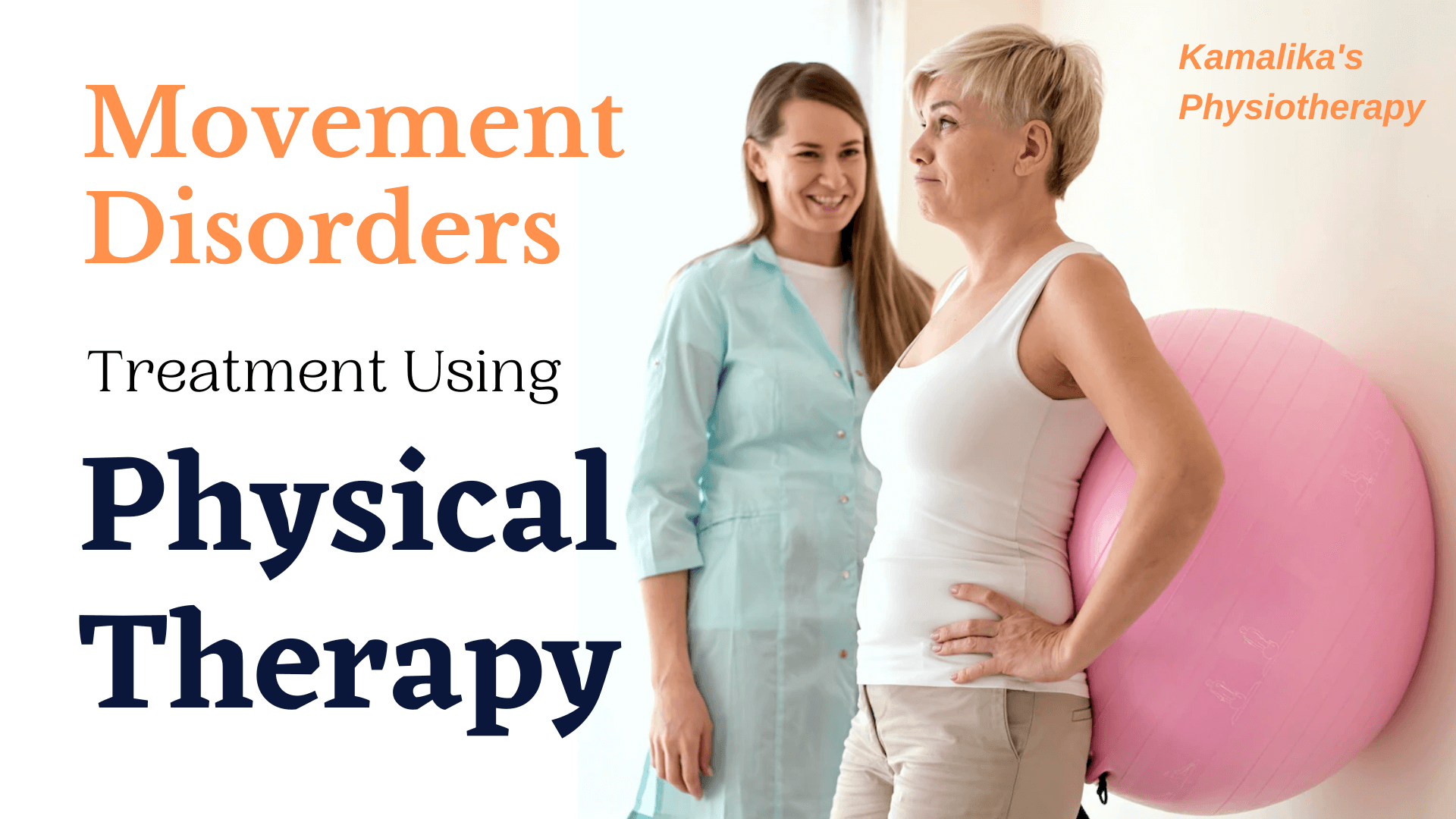Movement disorder can ruin your life if it is not taken care of on time. Along with proper medication and diet, physical therapy can treat sorts of movement disorders with satisfying results.
Before heading further, we need to know the term “movement disorder” and its types at large.
What is Movement Disorder?
In actuality, movement disorders denote a group of neurological conditions or nervous systems that increase or reduce movement in a patient. The movement might be controlled or uncontrolled.
Types of Movement Disorders
Let us have a look at a few common types of movement disorders on the go,
- Ataxia– It happens when the specific part of the brain which controls coordinated movement gets affected. Ataxia affects body balance and creates uncoordinated movements, clumsy speech, and other symptoms.
- Cervical Dystonia: This neurological disorder causes involuntary neck muscle contraction. Thus, the patient cannot hold his head steady and tilt his head forward and backward, or pull to one side.
- Chorea: Chorea causes repetitive or irregular involuntary movements to the face, mouth, limbs, and trunk.
- Dystonia: Dystonia causes sustained involuntary contractions to muscles with a repetitive and twisting movement. It can affect the full body or just a part of the body.
- Parkinson’s disease: This disorder progresses slowly and causes stiffness in muscles, slow movement, or body imbalance.
There are more types of movement disorders like Myoclonus, Parkinsonism, Progressive Supranuclear Palsy, Restless Legs Syndrome, Tardive Dyskinesia, Tremor, Wilson’s disease, and Tourette syndrome. The positive news is, routine physical therapy can treat these movement disorders with pleasing results. So, if you belong to Kolkata or nearby, you can contact Physiotherapist Kamalika and undergo physical therapy sessions at your place with full confidentiality.
How Physical Therapy Program/Session Treats Movement Disorder?
No matter what movement disorder you or your patient suffer from; physical therapy can help treat this neurological disorder without impacting general well-being. Let us know how a professional physical therapist helps defeat movement disorder.
- Regain Strength: Physical therapy goes a mile extra to regain strength in the muscles and limbs with bilateral lower and upper extremities. It helps to move the body, generates force, transfers the force safely to body parts, and sends patients back to active life.
- Attain Flexibility: Different kinds of stretches get applied to patients according to the movement disorder type and severity. Stretches help patients to regain the appropriate motion in joints and muscles. Gradually, patients attain their moves without any limitations.
- Activities Related to Balance: A physical therapist makes a patient practice different sets of balance activities. Sitting, static standing and dynamic balance activities help the patient get back control over his body.
Besides, a physiotherapist can suggest gait training and transfer training to improve the balance and movement of a patient.
Renowned physiotherapist Kamalika in Kolkata focuses on therapeutic evolution in educating the patient and his family for the best result.



